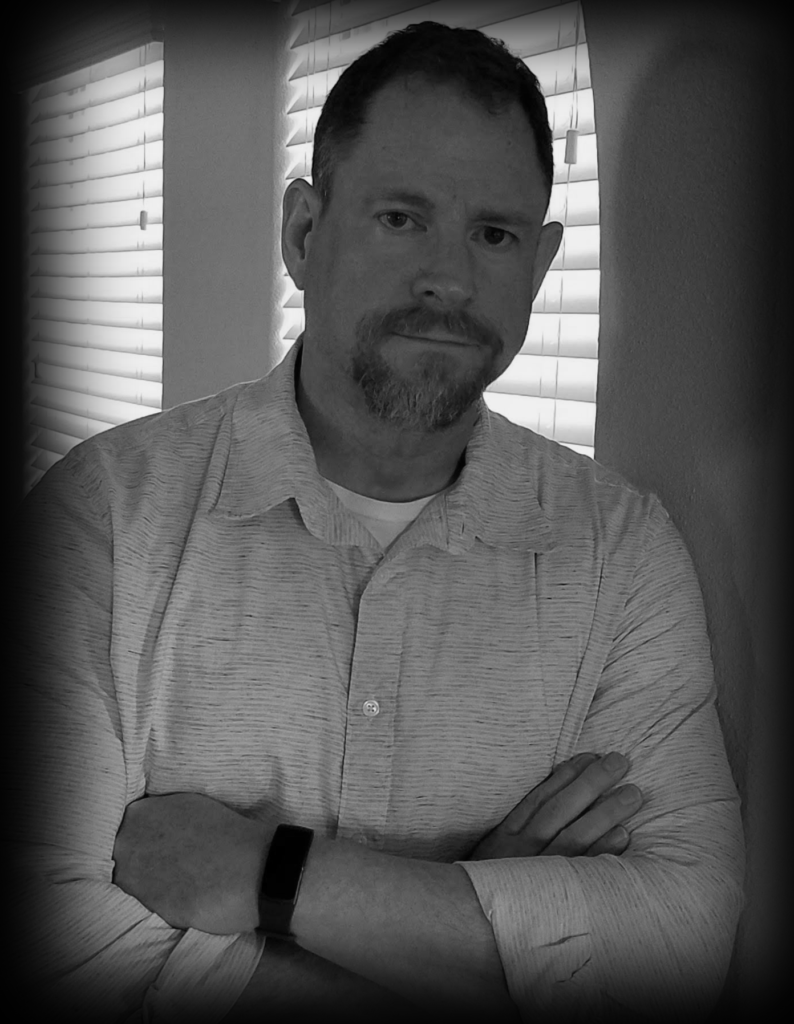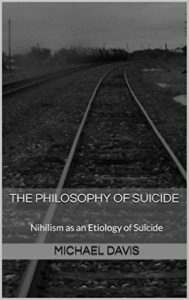
Running: A FEVER is a podcast about fitness, diet, and medicine. The goal is to live a long, happy, healthy, active life right up to the very end. The host is not an expert, but a fellow traveler on the journey to a physically fit lifestyle. Do you love your life enough to make it last as long as possible?
Repo Man is a pop-punk band formed in Austin, TX in 1997, by singer-songwriter Michael Davis, drummer “The” Ric Furley, guitarist-songwriter Adrian “AC” Carrier, and bassist Brendon Bigelow. They released a self-titled EP in 1998, and are currently working on a full-length album with new songs as well as previously-unrecorded songs from their live setlists.
Davis Falk
Davis Falk is the pen name of Michael Davis, author (as Davis Falk) of the short stories “The Spaceport Was Empty” and “The Amberino”, and the suspense novel Backstop. As Michael Davis, he is also the author of the nonfiction book The Philosophy of Suicide.
While on vacation in Canada, Jacob, a guerrilla videographer, catches a glimpse of a woman he thinks is familiar, and snaps a few photos of her. When he checks hi research, he finds that she is Julie Foley, one of the flight attendants on American Airlines Flight 11 from Boston on 9/11. He activates his documentary film-making cohorts, and they scramble to get the jump on the story.
Because of his involvement in a previous 9/11 conspiracy documentary, Jacob is watched by a dark and mysterious organization within the government, which is also watching Julie. Surveillance is stepped up on Jacob’s known associates. The agency employs ruthless, money-hungry contractors in addition to its own thugs. One of these is Liam, who has been a “sleeper” in Toronto, possibly because Julie is there.
The agency wants Julie brought in before Jacob can warn her.
Jacob contacts Julie, who doesn’t know who she really is. She has taken on a new identity and forgotten her past. She shows up for a meeting with Jacob. But while she waaits for him, a diguised agent tells her something that flips a switch in her mind. She leaves and this begins a chase involving several agents, Jacob, and his friend Michaelyn. Jacob and his band of guerrilla journalists must get Julie’s story and help her get away from the agents that pursue and control her.
Sis wonders at the history of her family automobile, as told by Old Dev, her companion and family friend, and Tucker, the local mechanic. While waiting for Tucker to finish his work, Sis gets caught up in a wild car chase with a mischievous boy who loves moon pies. In the process, the Amblerino teaches her a lesson about life.
Sis is a nine-year-old girl going on a journey with her mother, her brother Sim and family friend Old Dev. It starts out as a routine trip to Louisville but soon takes a galactic turn. In the course of the journey, Sis learns that her mother has secrets. Her mother discovers a wild secret about her old flame. Will they ever get to Louisville? Will these characters manage to survive a trip in close company with each other?
What if there was a philosophy so dangerous that it could kill you? That is the subject of The Philosophy of Suicide: Nihilism as an Etiology of Suicide. Although this is a scholarly work, you don’t have to know philosophy or psychology to understand it. In fact, it is a good introduction to the topics of how suicide works psychologically, as well as what nihilism is. You’ll learn about the history of nihilism and Friedrich Nietzsche. Also included is a summary of suicide pathology. Then is presented the compelling but tragic story of a man whose philosophy of nihilism led him directly to suicide. This is unlike any book you have ever read.
ABOUT
Michael Davis is a writer, musician, podcaster, and voice artist living in Northwest Arkansas. He is currently working on a new album for his band Repo Man, for which he writes songs, sings, and plays drums and guitar. He produces seven podcasts for the Padua Podcast Network, a non-profit featuring people of faith excelling in life. Michael has appeared in two Hollywood movies and has performed as a narrator on several audiobooks.






